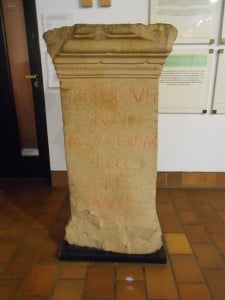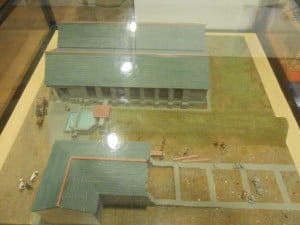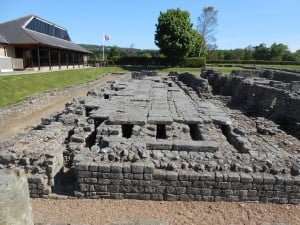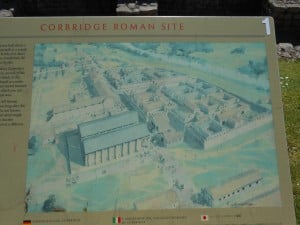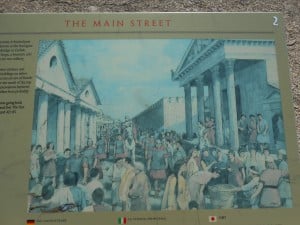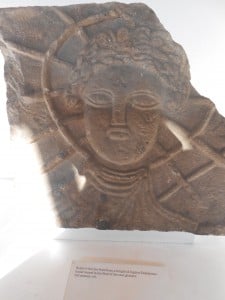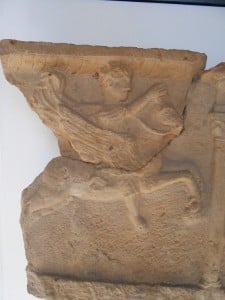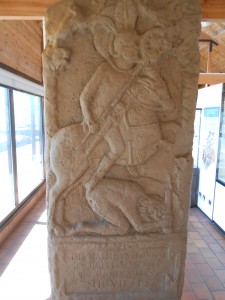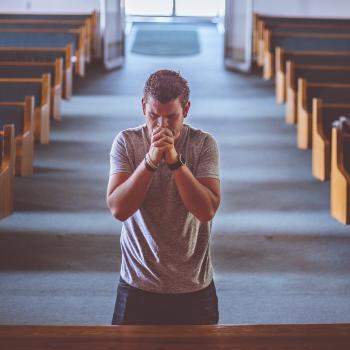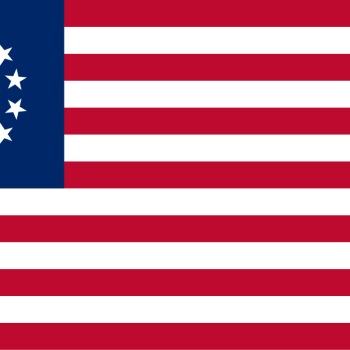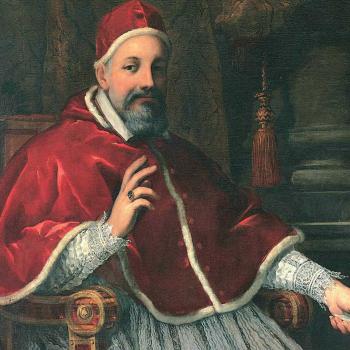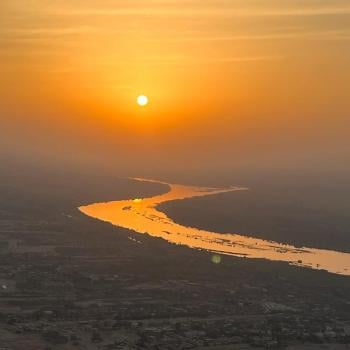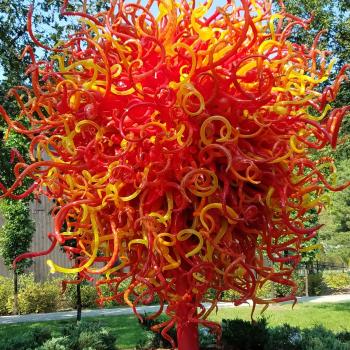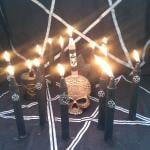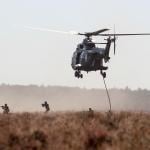Not only is there an impressive Roman fort at Corbridge, there is also a nice small museum of things found on the archaeological site as well. This post will deal with some of the more important ones. Roman legions had a religious life. There were gods they prayed to and sacrificed to, regularly, and especially before going into battle. Sol Invictus was one of their regular favorites, but they also set up Mithraic religious sites in the region of Corbridge and Hexham as well. In addition to this, they regularly set up mythological images that told stories meant to encourage or comfort the troops. For example, here is the most famous image from Corbridge of a lion attacking his prey. It is not an accident that the troops had the Roman eagle, a bird of prey on their standards, and images like the one below in their camp. They also liked images of Herakles/Hercules in action.
Here is a small sacrificial altar with an inscription on it—
‘To the Discipline of the Emperors, the 2nd legion, Augusta, set this up’. This may be a reference to the Emperor cult and its rituals. Small drink or grain offerings, or a small bird, might be offered on a small altar like this.
What we know about the site itself is that there were two huge granaries in this camp, protected by the troops. Here is the model reconstruction of the site, with the large buildings in the top of the picture being the granaries.
Here’s what the remains of the granaries look like today…
Here are two more artist’s sketches of what the camp would have originally looked like. It was a pretty large one.
Here as promised is the image of Sol, the ancient sun god.
We also have an image of the sun god riding his chariot in an arc across the sky….
It is possible as well that this is an image of Apollo riding across the heavens.
There were also honorific columns and steles for dead warriors. They often begin, as this one does, ‘Dis manibus… followed by the name of the deceased, meaning ‘to the spirits of the deceased..’
Here is a nice depiction of a Roman standard that would indicate which legion was on the march or fighting a particular battle.
There is a good deal more to see in this museum, but this gives you the flavor of it. It cannot have been easy for Roman soldiers to survive in the extreme north of the Empire. The weather was cold and rainy, they were often exposed to the elements, and manning these forts and Hadrian’s wall could only be seen as an onerous duty, in turns either very dangerous or very boring, or simply very depressing due to the difference in weather in the north of Britannia compared to Italia.



